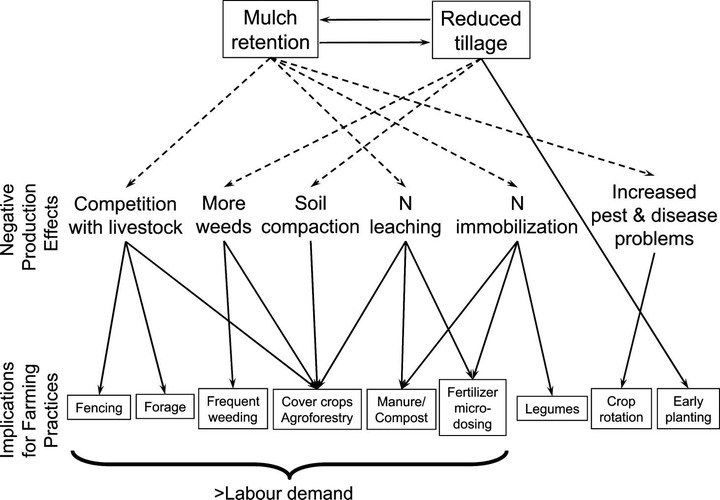Failing to Yield? Ploughs, Conservation Agriculture and the Problem of Agricultural Intensification. An Example from the Zambezi Valley, Zimbabwe

Abstract
Agricultural intensification, or increasing yield, has been a persistent theme in policy interventions in African smallholder agriculture. This article focuses on two hegemonic policy models of such intensification; (1) the ‘Alvord model’ of plough-based, integrated crop-livestock farming promoted in colonial Zimbabwe; and (2) minimum-tillage mulch-based, Conservation Agriculture, as currently preached by a wide range of international agricultural research and development agencies. An analysis of smallholder farming practices in Zimbabwe’s Zambezi Valley, reveals the limited inherent understanding of farmer practices in these models. It shows why many smallholder farmers in southern Africa are predisposed towards extensification rather than intensification, and suggests that widespread Conservation Agriculture adoption is unlikely.